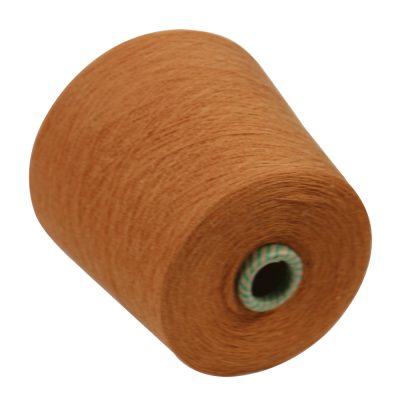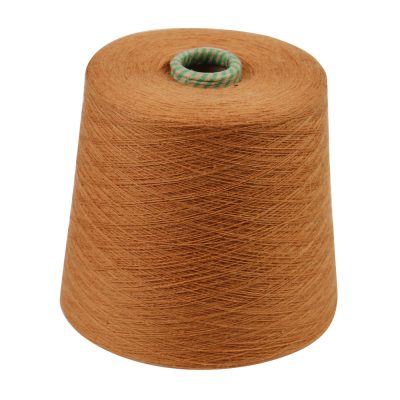Identification of woollen wool:
(1) Sensory recognition. All pure wool products are generally thick and smooth in suede, uniform and slightly shiny, warm to the touch, no wrinkles after folding, and the wool body is soft and resilient.
(2) Combustion recognition. When the single yarn is drawn and burned with fire, it will gradually smoke, and it will smell like burning hair, and the gray is black and brittle.
(3) Item number identification. Every piece of wool sold has a label, and the product number on the label is a five-digit number. If the first digit is 0, it means pure wool, and if the first digit is 1, it means blended products. For example: 01001-pure wool Melton; 11001-blended Melton; 71001-purified fiber Melton.
Identification of worsted wool:
Worsted wool is mainly pure sheep wool, and can also be mixed with a certain proportion of wool-type chemical fibers or other natural fibers. It is processed by combing equipment and through multiple carding, merging, drafting, spinning, weaving, High-end garment fabric made by dyeing and finishing. It has good elasticity, softness, unique milling and wrinkle resistance that are unique to animal hair. It also retains warmth after absorbing moisture or sweat.
The difference between woollen wool and worsted wool: the surface of the worsted wool fabric is smooth and clean, with fine and clear weaves. The luster is soft and natural, and the color is pure. It feels soft and flexible. Squeeze the dough with your hands to loosen it, the crease is not obvious, and it can quickly return to its original shape. Most yarn counts are double strands.
The woolen woolen cloth has a plump surface and a dense and thick texture. There are fine piles on the surface, and the texture is generally not revealed. It feels warm, plump and flexible. The yarn is mostly thick single yarn.
























